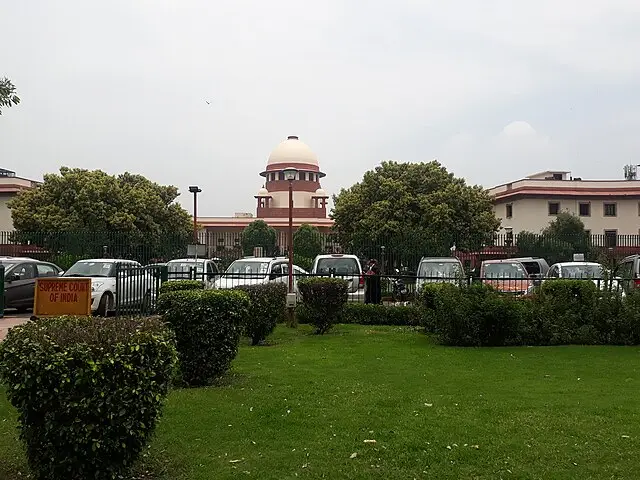Supreme Court upholds Urdu signage in Maharashtra, calls it ‘finest specimen of Hindustani culture’

Supreme Court Backs Urdu Signboard in Maharashtra, Calls It Symbol of Unity in Diversity
New Delhi, April 16, 2025 — In a landmark ruling, the Supreme Court of India upheld the use of Urdu on a municipal council signboard in Maharashtra. The court highlighted that language is a reflection of culture and should never be used as a tool for division. Instead, it should unite people.
The bench described Urdu as one of the finest examples of Ganga-Jamuni tehzeeb—a unique blend of Hindu-Muslim cultural harmony. According to the court, Urdu is deeply rooted in India’s rich history of inclusivity and shared heritage.
Court Emphasizes Cultural Unity
The two-judge bench included Justice Sudhanshu Dhulia and Justice K. Vinod Chandran. During the hearing, they emphasized the cultural value of Urdu. They stated that no language should be viewed as exclusive to any one community.
Instead, the judges highlighted that Urdu reflects the true spirit of Hindustani culture. They also pointed out that language is not just a tool of communication, but also a key part of identity and unity.
Legal Basis for the Verdict
The case began when a petition challenged the use of Urdu on a municipal signboard. The petition claimed that Urdu lacked official status under the Maharashtra Local Authorities (Official Languages) Act, 2022.
However, the Bombay High Court had already ruled that using Urdu was legal. It found no provision in the law that restricted or prohibited its use. The Supreme Court agreed with this interpretation. Consequently, it refused to interfere with the High Court’s decision.
Constitutional Protection for All Languages
India’s Constitution promotes linguistic diversity. It protects the right of every citizen to express themselves in the language of their choice. This verdict strengthens that right.
Moreover, the court made it clear that no language should be politicized. Instead, each one should be celebrated as part of India’s vibrant cultural fabric.
Public Response and Political Reaction
The verdict received praise from various cultural and language rights groups. Urdu scholars and writers hailed it as a victory for cultural unity. Celebrated poet Wasim Qureshi said the ruling “restores dignity to a language that reflects India’s artistic and social soul.”
On the political side, opinions were mixed. While many leaders welcomed the court’s decision, some in Maharashtra expressed concern. They insisted that Marathi should remain the primary language in local governance.
Urdu: More Than Just a Language
Urdu is often misrepresented as belonging to a single community. However, its influence goes far beyond religious lines. It evolved from Persian, Arabic, Turkish, and local dialects, becoming a bridge between cultures.
Its presence in poetry, cinema, and music is undeniable. From Mirza Ghalib to Faiz Ahmed Faiz, Urdu poets have left a lasting impact on Indian culture. Their works continue to inspire generations.
What is Ganga-Jamuni Tehzeeb?
The court’s mention of Ganga-Jamuni tehzeeb highlights more than just language. It refers to a centuries-old tradition of mutual respect between communities. This cultural blend includes shared festivals, food, music, and daily interactions.
By identifying Urdu as a key element of this tradition, the court recognized its role in promoting harmony.
Why the Verdict Matters
This decision sets a strong precedent. It affirms that minority languages have a place in public life. Furthermore, it reminds us that India’s strength lies in its diversity.
In a time when identity politics often threaten unity, this verdict brings hope. It encourages inclusiveness, cultural respect, and legal fairness.






